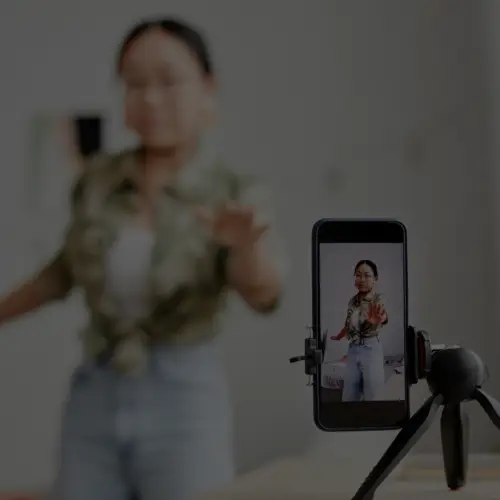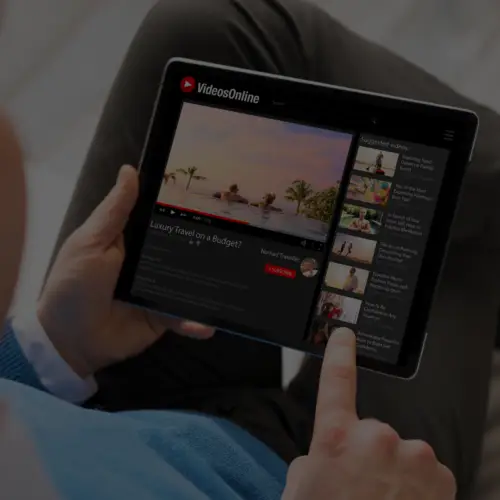26 Aug You May be Part of the Social Media 99%, but Don’t Panic
Your audience is on Facebook and Twitter every day, but your engagement numbers are decreasing. You Google the top social brands you know, and their numbers don’t look like they’re dropping. What’s going on?
You may have become part of the 99%. A new study from SocialFlow has found that 99% of organic social media posts generate almost no reach or engagement, due in part to a larger amount of content on platforms. As the number of posts in social feeds keep increasing, the number of hours that users have to consume content remain relatively fixed. The space is becoming more crowded, and some posts are ultimately ignored.
Additionally, if you’re a brand that is lumped into the 99%, spending your social dollars on Facebook may seem moot. With increasingly more complex ad buy systems from Tumblr and Twitter, Facebook continues to tell advertisers to dole out the cash or kill your organic reach. But it seems like brands are, literally, buying into it. Facebook revenue jumped 61% in their latest quarter to $2.9 billion.
And, Twitter has complicated the situation even more, with the recent news that the platform is indeed publishing posts from brands and users that you are not following on your news feed.
To sideline these affects, media and entertainment companies should still publish real-time posts, as SocialFlow found that the audience for this sector is very responsive. For brands in other industries, including retail, healthcare, and non-profits, SocialFlow encourages a combination method between scheduling posts and posting real-time. A variety of posts should be created, but not always scheduled for specific times.
Even with the changing landscape of Facebook and Twitter advertising, the basic principle stating
the better your organic content is, the more likely people are to “retweet” or “share” it holds true. Remember that your platforms are still “social” platforms, and it is important to engage with followers by posting and replying with content that is relevant to them. For example, this real-time image of a majestic double-rainbow posted by Walt Disney World is tailored directly to their
audience, and took little effort to receive almost 200 retweets.
 Additionally, Kings Dominion posted one very successful post this week, which showcased the park’s 1-305 ride at sunset, and asked followers to tell them what their favorite time of day is at the park. This encouraged user engagement, since people can relate to riding this specific ride at various times. However, Kings Dominion posts weekly recaps of their engagement on Twitter, and these receive little to no engagement, since audiences are coming to this page to engage with the park as a source of entertainment, and not with the park as a business.
Additionally, Kings Dominion posted one very successful post this week, which showcased the park’s 1-305 ride at sunset, and asked followers to tell them what their favorite time of day is at the park. This encouraged user engagement, since people can relate to riding this specific ride at various times. However, Kings Dominion posts weekly recaps of their engagement on Twitter, and these receive little to no engagement, since audiences are coming to this page to engage with the park as a source of entertainment, and not with the park as a business.
Changing the way your brand posts organically may not be the perfect way to increase organic engagement, but it is a small solution for those who do not want to pay up to Facebook and Twitter for advertisements quite yet.







